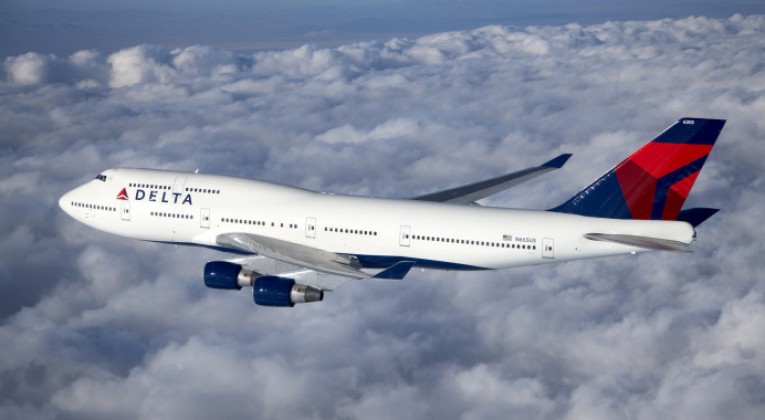On Thursday, Delta Airlines reported its results for the third calendar quarter of 2016. This quarter is traditionally one of the strongest of the year, and 2016 was not an exception. Delta generated almost $2 billion in pre-tax profits, even though it is still seeing negative RASM. As a reminder, RASM stands for “Revenue per Available Seat Mile,” and measures the revenue that each seat generates per mile flown, whether it has a butt in it or not.
What We Learned from Delta

- Conditions are improving: Delta would not commit to positive RASM in 2017, given its failures to go positive for the last two years. Nevertheless, the pricing environment seems to be improving a bit. Some of it is self-help: Airlines have pulled down excess capacity. Delta committed to a low 1% ASM growth target for next year, although it wouldn’t discuss fleet planning. Of course, a barrel of oil has risen from $35 to $50 over the past several months, so flights that were profitable at the lower end of the range are not at the higher end. Some of it was also the calendar, as both Rosh Hashanah and Yom Kippur fall in October this year, boosting September’s results (and hurting October’s). We’ll see a similar shift in the fourth quarter, as some holiday traffic moves into January. Latin America actually did go positive, although that follows a few years of double-digit negative RASM results.
- Mexico will continue to be important for the airline. Management is hoping for antitrust immunity by the end of the year for the AeroMexico relationship. The company is putting up another $520 million for the AeroMexico tender so, for their sake, I hope it works out.
- The August outage cost the company about $150 million in revenue, as well as its unblemished record for reliability. Then again, it still had an on-time arrival rate of 84% in a busy summer travel season, which is admirable. Assuming that the outage is a one-time event, I would assume a return to their leadership position in the fourth quarter.
- Domestic pricing is good, but LCCs are starting to make a difference over the Atlantic. Management received a few questions about the competition, including an amusing one about whether it would consider a “carrier within a carrier” strategy, e.g. Song. When asked whether Basic Economy would show up internationally, it definitely sounded like a possibility. CEO Ed Bastian responded:
“It includes all kinds of fare tariffs. It includes cabins we don’t have today. And I think that’s the exercise we’re going through is to see what do people really want to buy and what are they paying for it, and how do we capitalize on moving – not providing something that Delta wants to provide but providing something customers want to buy.”
The Bottom Line
Delta is benefiting from an improving economy, combined with low oil prices that are just high enough to push up ticket pricing around the edges. If the trend continues, 2017 could be another very profitable year.*
*As usual, this piece represents my opinion. It is not a recommendation to buy or sell any security, including Delta Airlines.




